Faru Team Burra Update: 01 May 2010
PARTICIPANTS
Henry Lekochere- Team Leader John Malonza Pilias Lekeele Samuel Masaku Rajab Fundi
AREAS COVERED
During the month of May the Burra Team patrolled the following areas: Ngutuni ranch, Mbulia ranch and Sagala ranch
Total Snares Collected- 150
FINDINGS
During the course of the month a total of 150 snares were lifted in all the areas patrolled. 55 of which were constructed with heavy-duty cable, designed for larger animals, while the rest targeted smaller mammals such as Dikdik. The team found a lioness and buffalo carcasses at Ngutuni ranch. The lioness was killed by being poisoned; this became clear when there was evidence of vomiting. Someone cut her canine tooth & claws off, probably to sell. Livestock grazing and charcoal burning was also very rampant in all the ranches patrolled.
OBSERVABLE EVIDENCE
This month marked the onset of the rainy season. Normally with the arrival of the rains poaching activities tend to decrease while being at their highest peak in dry season. This however was not reflected this year. In fact, snaring is still high, and increasing when compared to the last month's findings. This could be attributed to the prolonged drought coupled with the devastating poverty within the community area. Normally poachers concentrate more on farming and less on poaching but this years patterns are not following the usual trend, this is most likely due to the hardships endured as a result of the drought and other interconnected factors such as poverty, unemployment, and political unrest. The demand for illegal wildlife products has also increased, and with it, the price has shot up driving poor communities to poach their wildlife for commercial gain.
Ngutuni ranch
The field operations began on the 8th of May in Ngutuni ranch. The Team chose this as a starting point following a tip off from an informant regarding poaching activities there. Cases of wildlife being shot with poisoned arrows has increased dramatically, this month 2 of the DSWT elephant orphans required veterinary treatment when they returned to the stockades with arrow wounds. The DSWT Mobile Veterinary Unit was called and the vet managed to remove the arrow head which was lodged in the orphaned elephant’s rear thigh. The team found 2 carcasses in the ranch, a lioness and a buffalo. The buffalo was believed to be killed by natural circumstances.
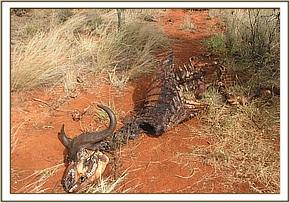
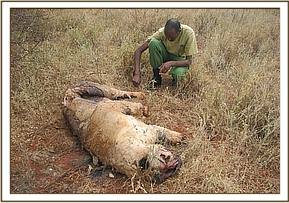

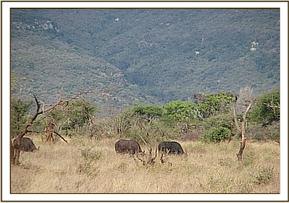
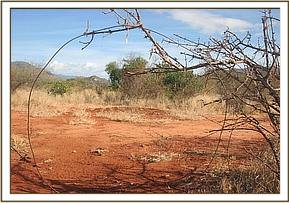

Mbulia Ranch
Mbulia ranch lies between Tsavo East National Park and Tsavo West Park and serves as a vital migratory corridor for wildlife. Inaccessible roads into the area hider patrol efforts. The Team is often forced to stop and clear the road in order to access the deeper parts of the corridor. Several poachers’ footprints were seen crossing over to the Park side. The team managed to lift 31 small snares.
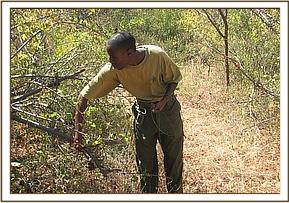
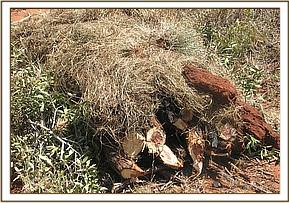

Sagala ranch
This ranch is also an important migratory corridor for wildlife moving from Tsavo East National Park to Mgeno Ranch or to Tsavo West Park. It is also home to large numbers of wild game. The team patrolled the area intensively to ensure the wildlife is safe. The team lifted a total of 86 snares. 64 of which were targeting small game and the rest were targeting big game.
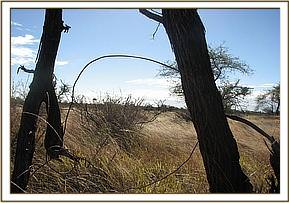

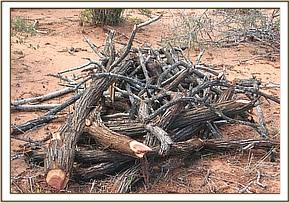
COMMUNITY OUTREACH
The team organized two educational trips, for Itinyi and Marungu primary schools. Both the schools are in Maungu area. This areas community is responsible for a lot of the charcoal burning and poaching in the surrounding protected areas such as Sagala ranch.
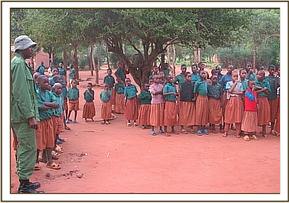
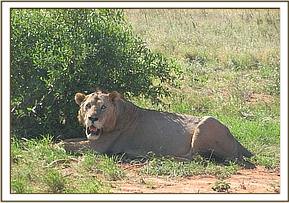

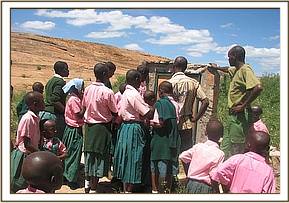
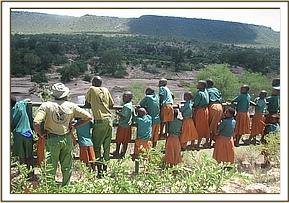

Report by Henry Lekochere